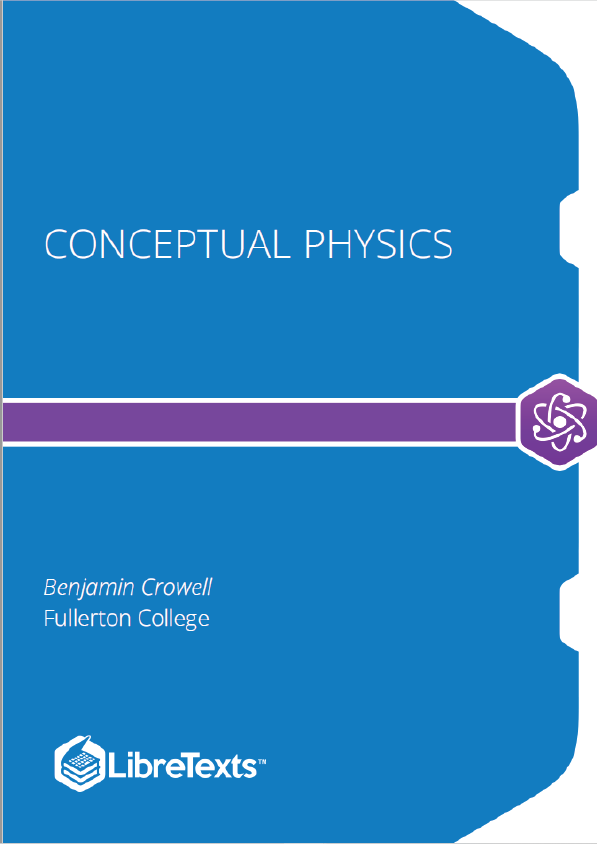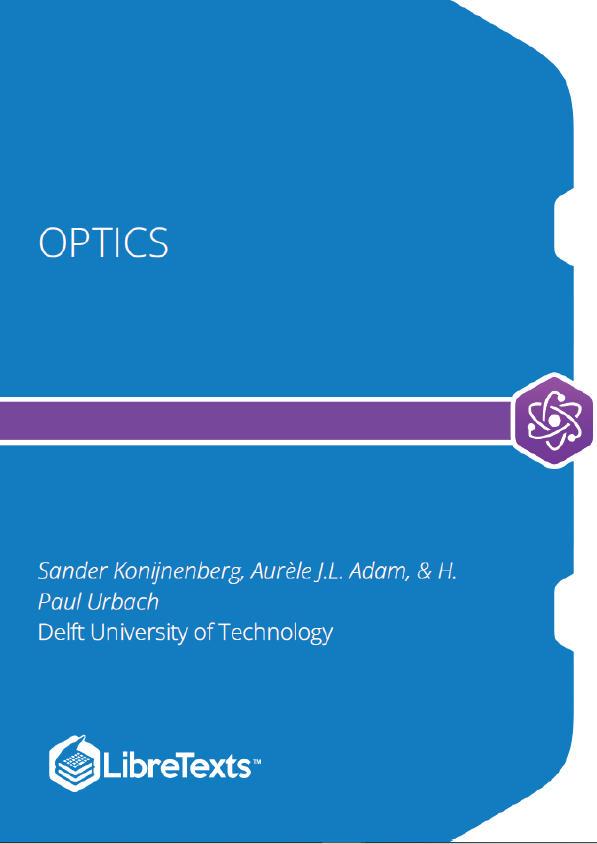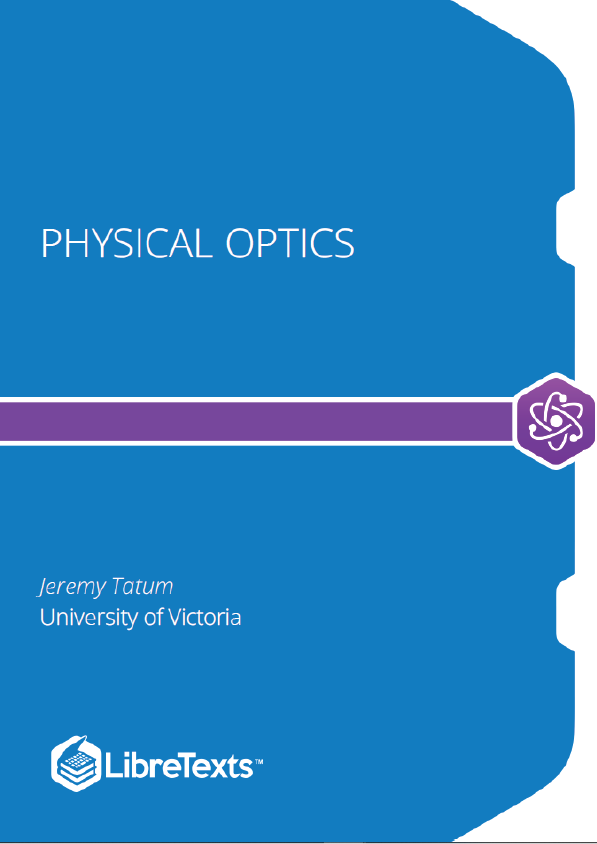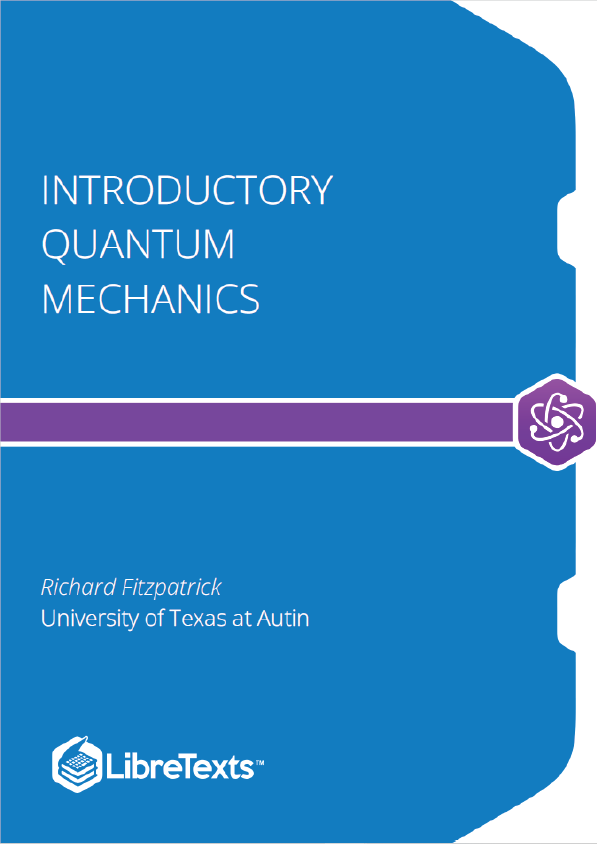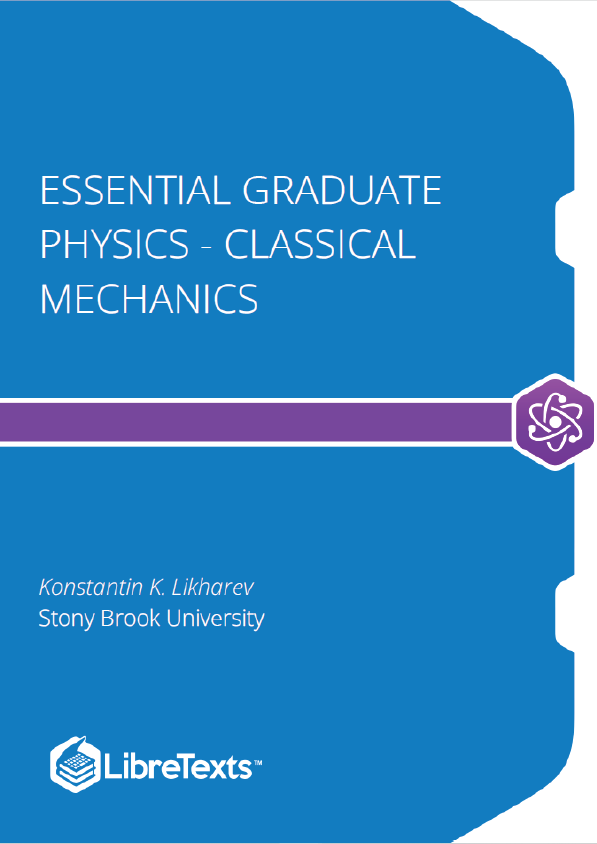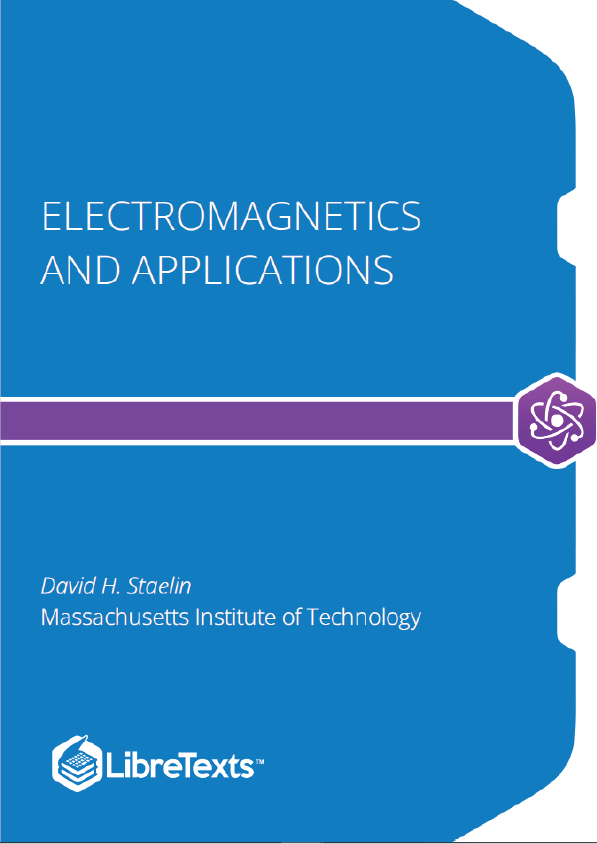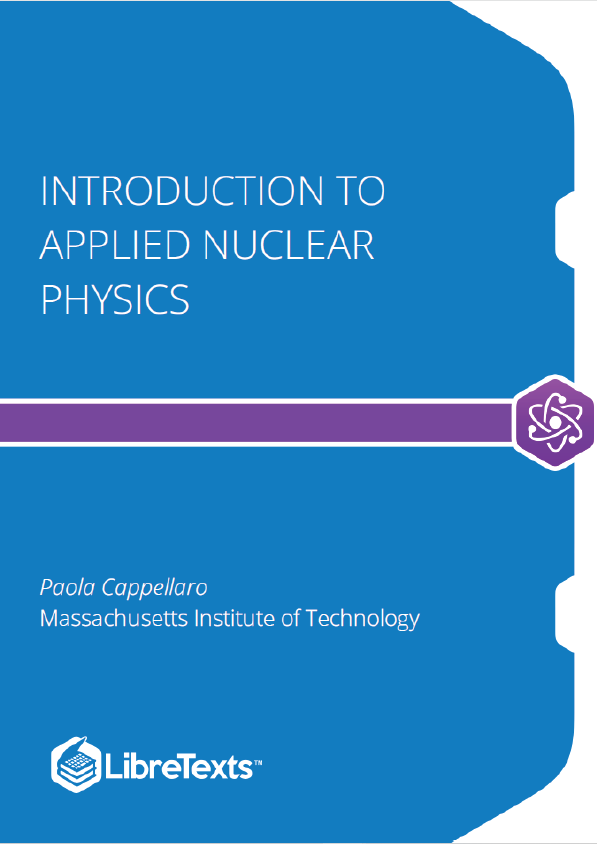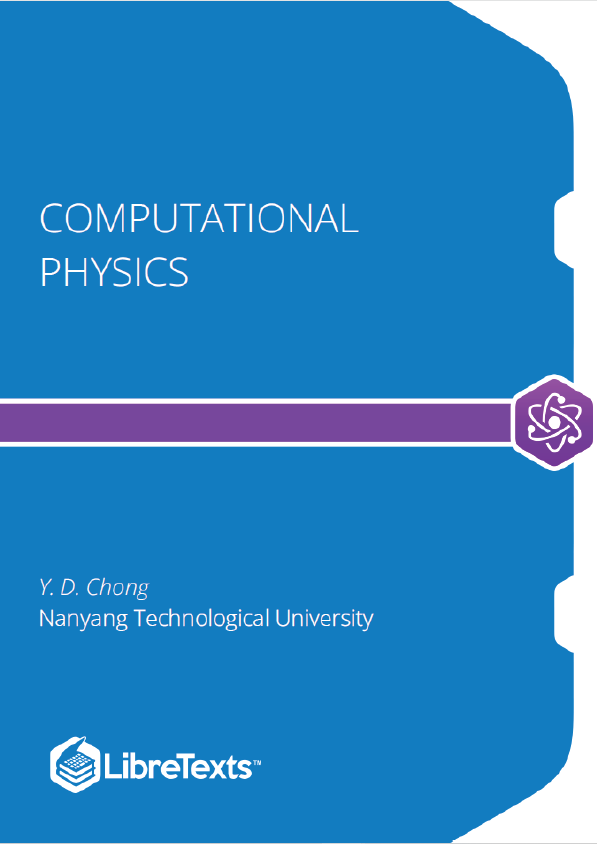The Mars Climate Orbiter is prepared for its mission. The laws of physics are the same everywhere, even on Mars, so the probe could be designed based on the laws of physics as discovered on earth. There is unfortunately another reason why this spacecraft is relevant to the topics of this chapter: it was destroyed attempting to enter Mars’ atmosphere because engineers at Lockheed Martin forgot to convert data on engine thrusts from pounds into the metric unit of force (newtons) before giving the information to NASA. Conversions are important!
If you drop your shoe and a coin side by side, they hit the ground at the same time. Why doesn’t the shoe get there first, since gravity is pulling harder on it? How does the lens of your eye work, and why do your eye’s muscles need to squash its lens into different shapes in order to focus on objects nearby or far away? These are the kinds of questions that physics tries to answer about the behavior of light and matter, the two things that the universe is made of.
The scientific method
Until very recently in history, no progress was made in answering questions like these. Worse than that, the wrong answers written by thinkers like the ancient Greek physicist Aristotle were accepted without question for thousands of years. Why is it that scientific knowledge has progressed more since the Renaissance than it had in all the preceding millennia since the beginning of recorded history? Undoubtedly the industrial revolution is part of the answer. Building its centerpiece, the steam engine, required improved techniques for precise construction and measurement. (Early on, it was considered a major advance when English machine shops learned to build pistons and cylinders that fit together with a gap narrower than the thickness of a penny.) But even before the industrial revolution, the pace of discovery had picked up, mainly because of the introduction of the modern scientific method. Although it evolved over time, most scientists today would agree on something like the following list of the basic principles of the scientific method:
(1) Science is a cycle of theory and experiment. Scientific theories are created to explain the results of experiments that were created under certain conditions. A successful theory will also make new predictions about new experiments under new conditions. Eventually, though, it always seems to happen that a new experiment comes along, showing that under certain conditions the theory is not a good approximation or is not valid at all. The ball is then back in the theorists’ court. If an experiment disagrees with the current theory, the theory has to be changed, not the experiment.
(2) Theories should both predict and explain. The requirement of predictive power means that a theory is only meaningful if it predicts something that can be checked against experimental measurements that the theorist did not already have at hand. That is, a theory should be testable. Explanatory value means that many phenomena should be accounted for with few basic principles. If you answer every “why” question with “because that’s the way it is,” then your theory has no explanatory value. Collecting lots of data without being able to find any basic underlying principles is not science.
